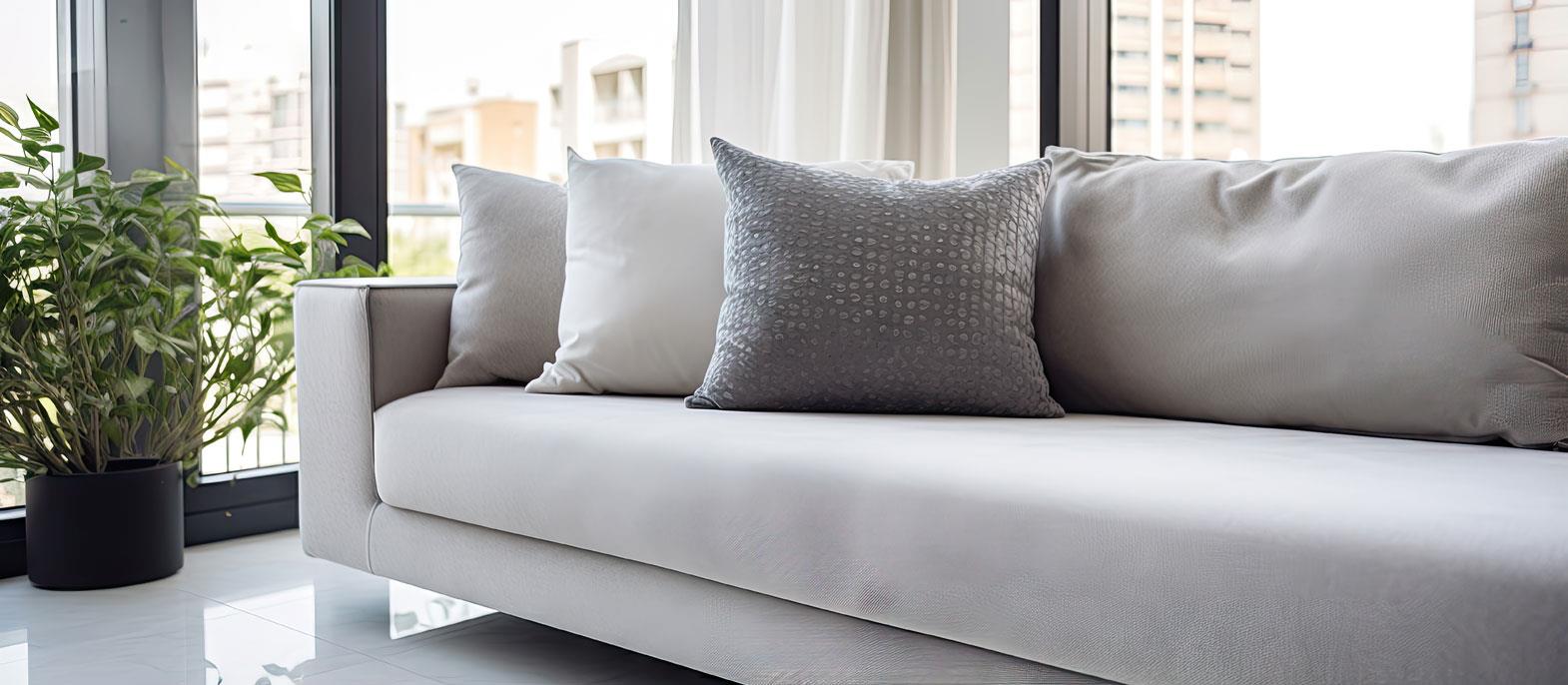The consumers of upholsteries for hotels, hospitals, offices, or for home demand in vogue as well as functional fabrics. Besides providing the basic requirements like stain resistance, anti-bacterial, and durability, today's smart fabrics can help retain appearance, provide fire resistance, and possess self-cleaning, waterproofing, and ultraviolet-proofing features. There are many companies that have sustainable yet high-performance yielding fabric for upholstery for its eco-friendly customer base.
One such product is made out of olefin yarns which are made of recycled material from post-consumer waste. The fabrics can be used for indoor as well as outdoor furniture. They do not absorb water, are stain-resistant, easy to clean, and keep mildew and mold at bay. The fabrics are made from one hundred percent recycled fibers. Textile materials used for outdoor furniture are increasingly being used for indoor furniture too. The fabrics have gotten softer and more functional. Moreover, companies offer special finishing and treatments for fabrics like anti-stain, anti-bacterial, anti-soiling, and UV-protective finishes using nanotechnology. Some of these high-end fabrics can deodorize the unwanted smell in a room. Hospitals and hotels are big users of such products.
Light-emitting fabrics are the next big thing in the upholstery sector. Just like any other upholstery fabric, these textiles can be installed easily. The material is developed using fiber optics and can emit light based on the effect and the brightness required. Moreover, the technology can work in amalgamation with a sensor or can be controlled with the use of a mobile application. The fabric can emit light as long as needed and does not get heated when used constantly. Upholstery fabrics with futuristic concepts like these can be used to create products like illuminated curtains, cushion covers, upholstery for chairs, etc.
A popular choice for upholstery has been leather, be it real or faux. A highly useful and performance-yielding artificial leather that will last a lifetime is the fabric upholstery to look forward to. This specialty leather is made from urethane fabric and can remove stains caused due to ketchup, nail paints, and lotions, marks left by ballpoint pens, and mustard. The better version of the conventional urethane fabrics can be used in homes and for commercial applications. The fabric is highly durable, can be availed in different colors and patterns, and is anti-bacterial, flame-resistant, and abrasion-resistant and yet feels just as smooth as real leather.
Interior textiles and upholsteries have also evolved in terms of design and the craft. This has led to interesting applications where the fabrics look good and perform well too. A sound absorbing fabric developed by a Swiss company does just that. The fabrics can decrease the amount of reverberation time based on the weight, weaving method, and porosity of the material. The fabrics have been used as curtains that can act as a partition and reduce the noise. The curtains provide an aesthetic appeal and act as a noise absorbing device.
New products and innovative ideas have been brought to the field of interior textiles. One such amalgamation that is quite unique is that of textile and glass. The woven textile or mesh is placed between two laminated glasses and can be used as partitions, doors, furniture, and as screens. The patented textile cum glass product has received design and innovation awards globally.
Textile designs can now help reduce the temperature in a room and are used to make blinds and separators for offices. The fabric is made up of trevira CS knitted decorative sheer. When the product is utilized in a space in the form of a blind or roller, can reduce the air conditioning cost up to twenty five percent. It is easy to maintain and is a flame retardant fabric.
Innovative 3D weaving technique for curtains and upholstery is the big novelty thing in interior textiles. A high performance fabric also helps block light into an area and yet with the laser cut perforations in the material creates an interesting illustration by letting some sunlight in. Improved aesthetics, wide functionality, and longevity of interior textiles have led to the development of out of the box products for demanding consumers. Manufacturers and textile designers are exploring new possibilities with fabrics and also trying to come up with better applications and solutions.
References:
1. Sensingtex.com
2. Upholsteryjournalmag.com
3. Specialityfabricsreview.com
4. Architonic.com








Comments